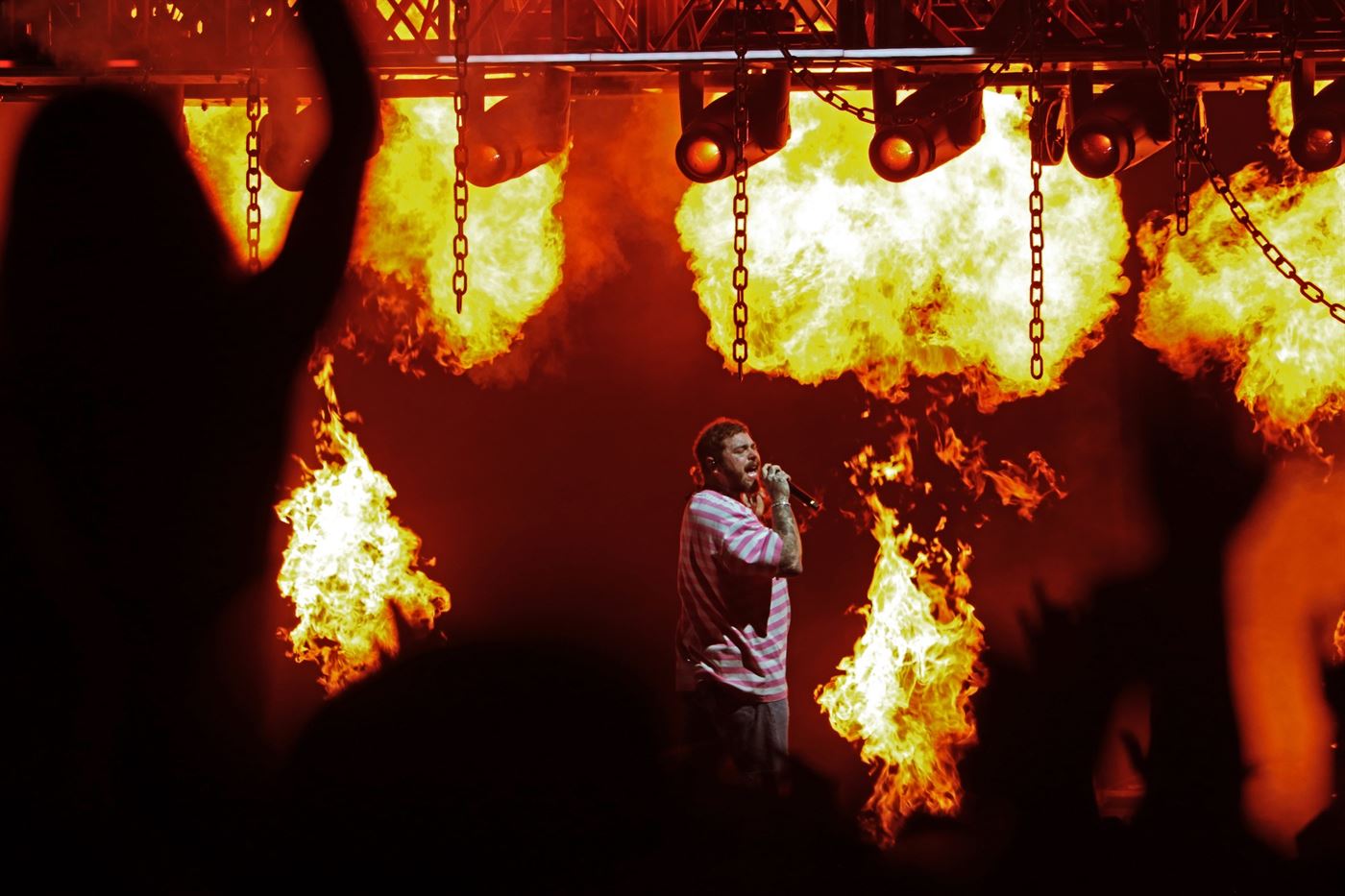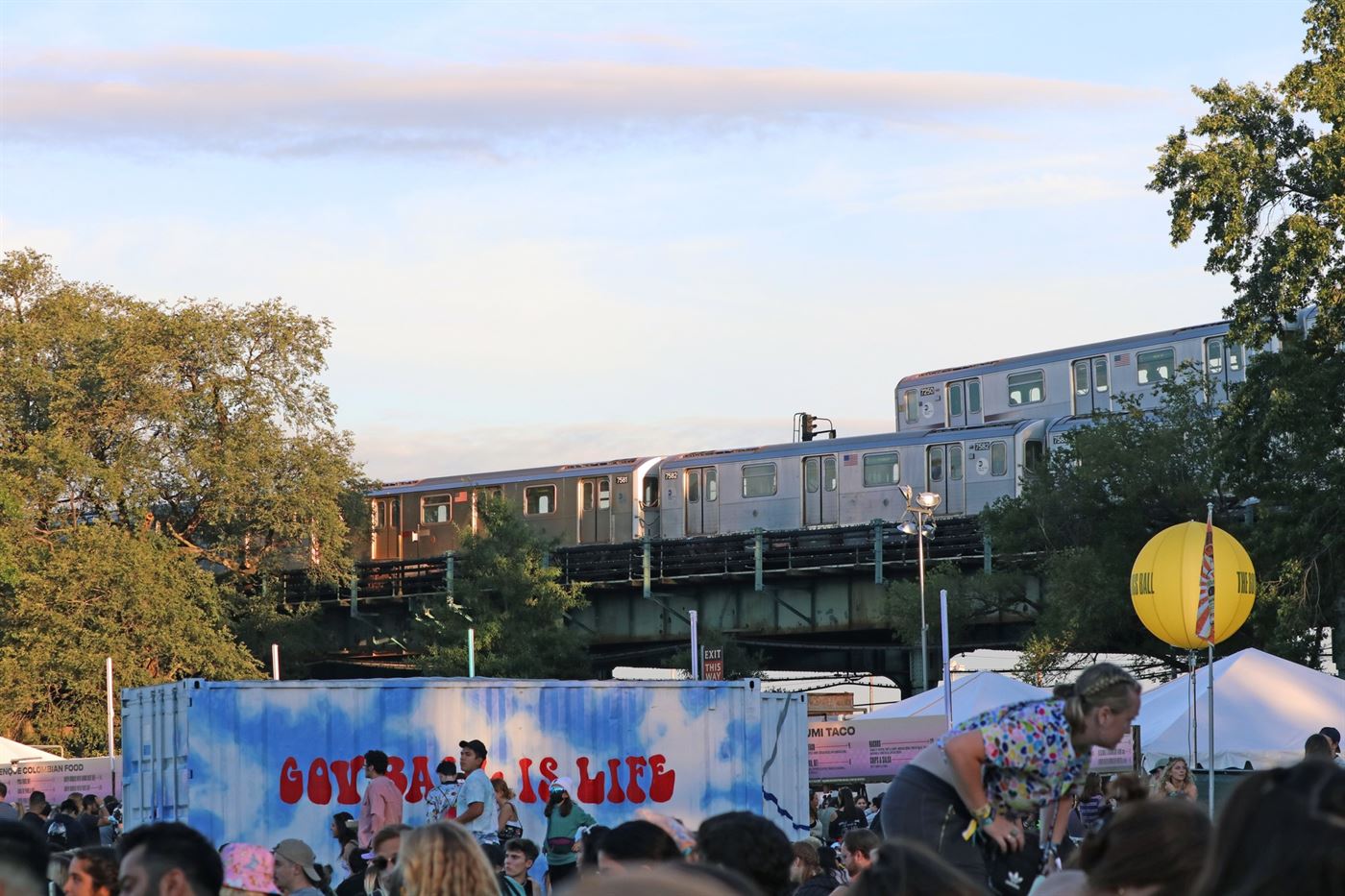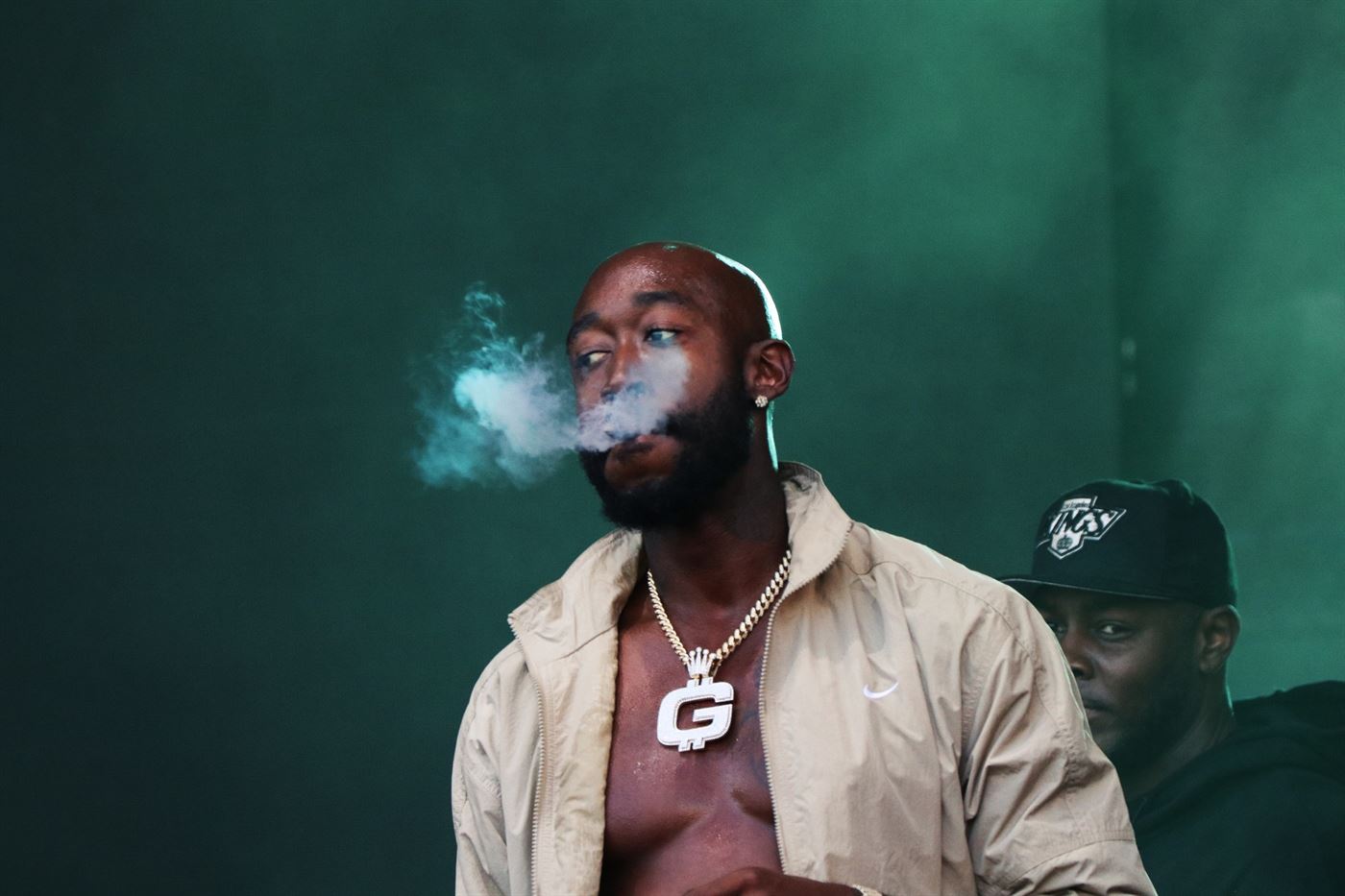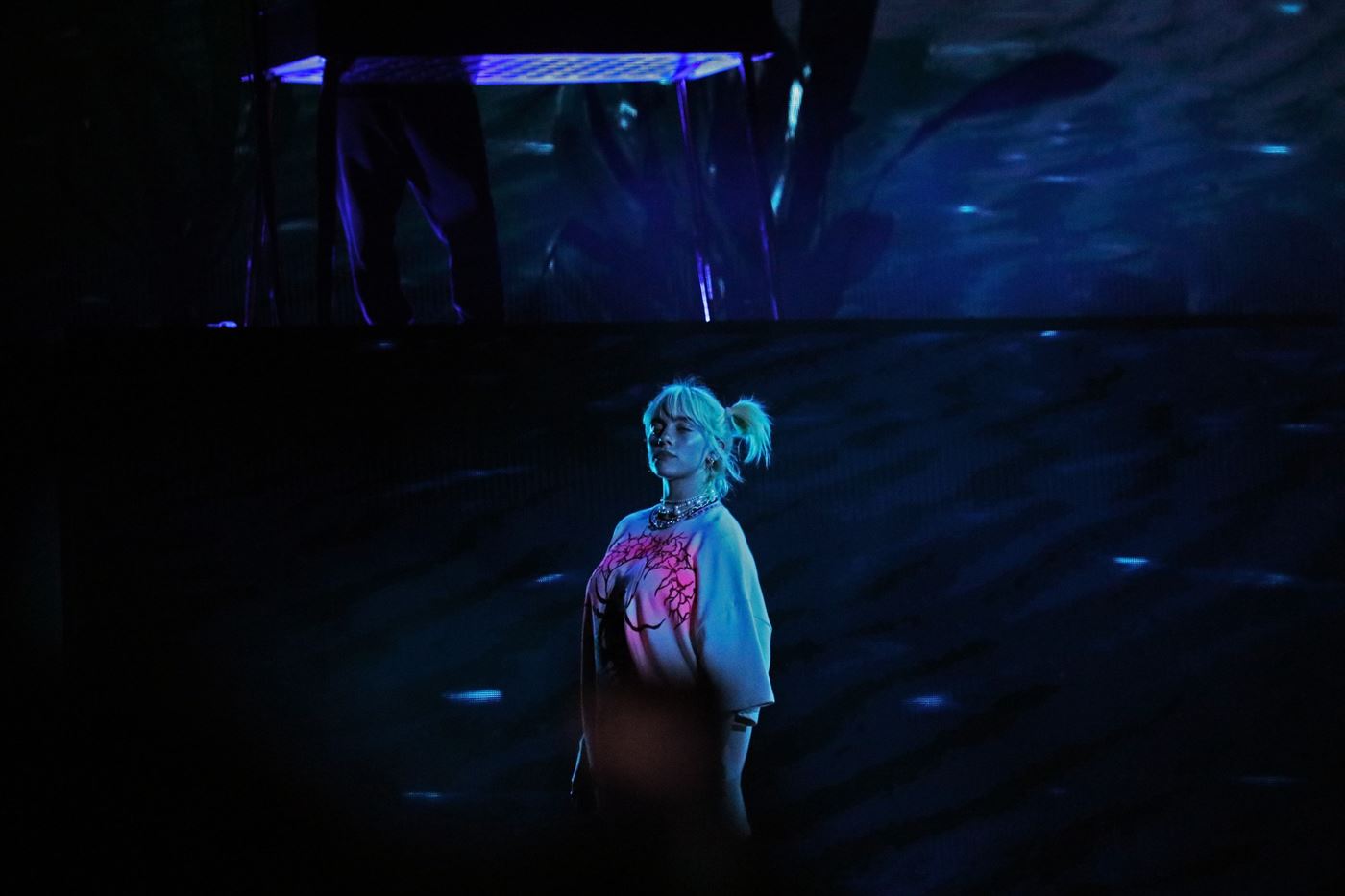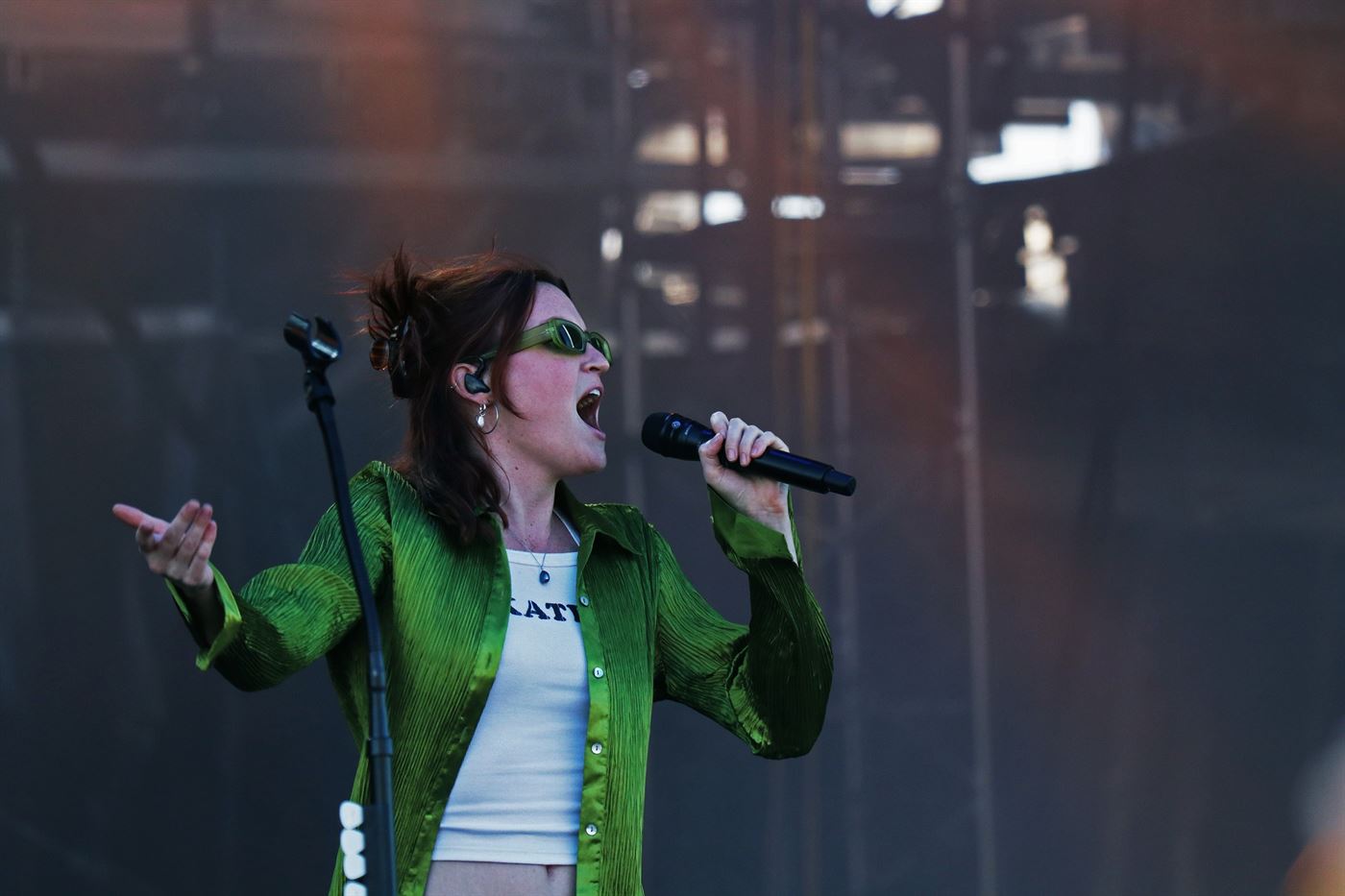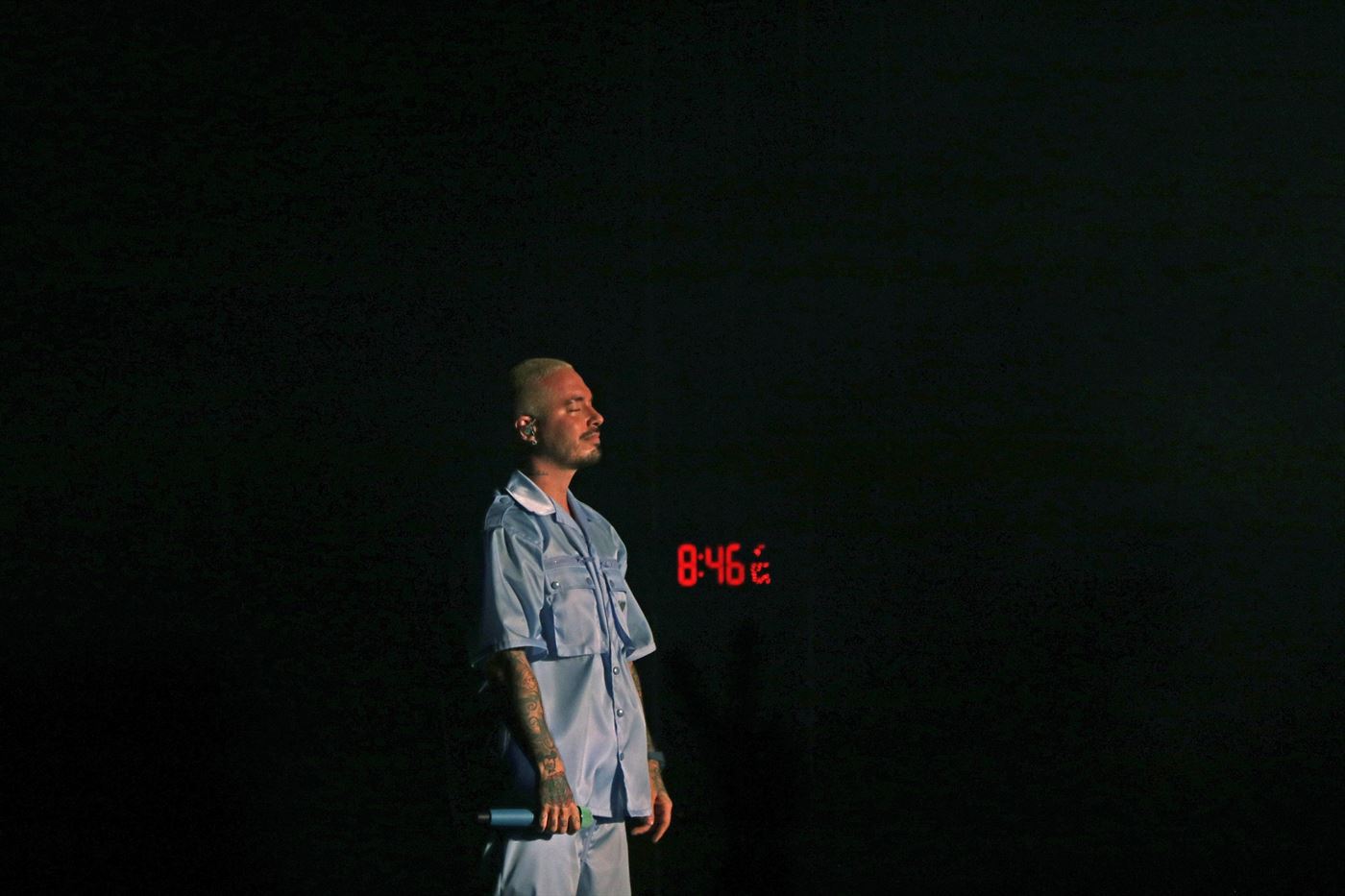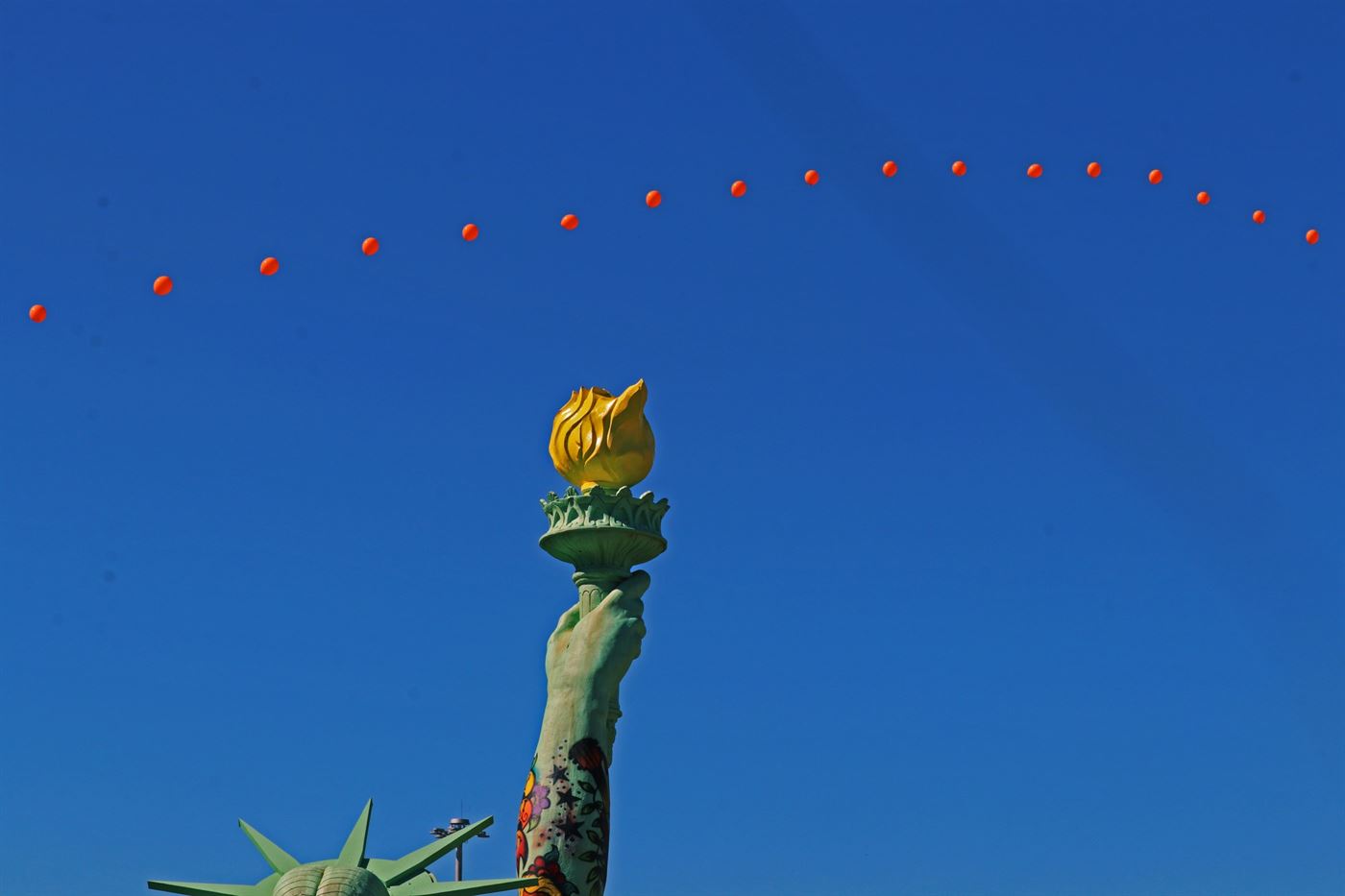After a secluded year and a half, the grandiosity of music festivals was something that had disappeared from our minds. The Governors Ball, or Gov Ball for short, was an imperative reminder to that collective longing for live music.
This was made abundantly clear by the masked, screaming teenagers on the 7 Train from Manhattan to Queens, eager to get their much-needed fix of live music.
From Sept. 24 to 26 at Citi Field in Queens, New York, Founders Entertainment welcomed over 150,000 attendees for the 10th anniversary of Gov Ball, a celebrated feat after a year-long hiatus due to the ongoing coronavirus (COVID-19) pandemic.
Over the course of three days, festivalgoers celebrated with a carefully crafted lineup that included some of Generation Z’s favorite closing headliners: Billie Eilish, A$AP Rocky and Post Malone. Among others were J Balvin, Phoebe Bridgers, Bleachers, Aminé, Jamie xx and Burna Boy.
Friday began at a cautious pace, with relatively empty festival grounds and an apprehensive audience learning to navigate a social setting once again. An icebreaker is what the crowd needed. Texan soul singer Leon Bridges administered just that with a religiously funky performance that yelled at Gov Ball to wake up.
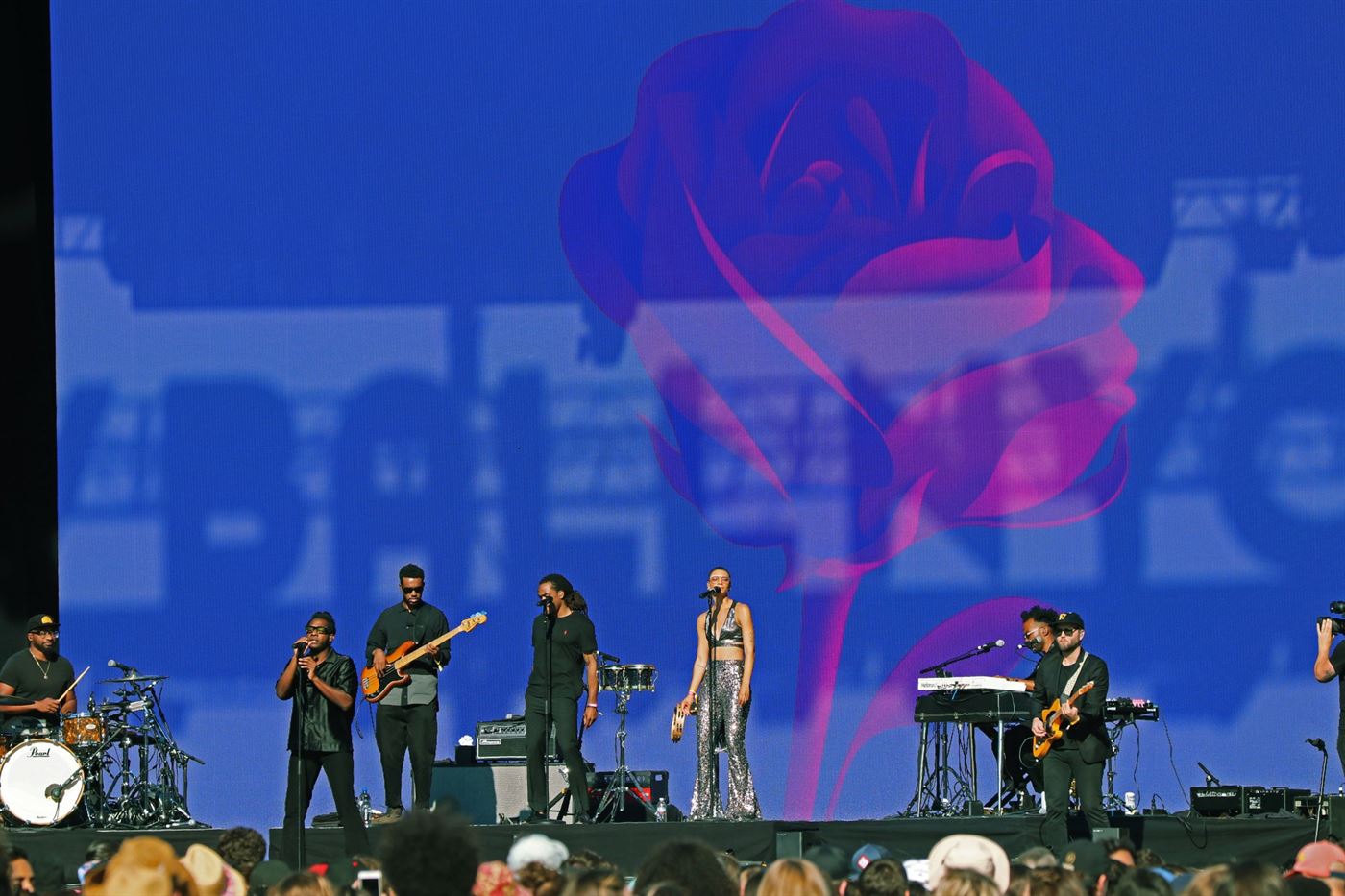
Leon Bridges is a Texan soul singer that delivered a religiously funky performance.
Photo courtesy of Julian Rigg
This began a steady pace through the day, with Indiana native Freddie Gibbs exhibiting his work with producer The Alchemist on the Bacardí Stage. Gibbs, often referred to as “the last gangsta’ rapper alive,” took an audience of hardcore hip-hop heads through a meticulously curated set of jazz-experimental-inspired beats with his notoriously complicated flow that most rappers would dread.
19-year-old superstar, Billie Eilish, closed out the Gov Ball main stage on Friday night to an aggressively enthusiastic crowd, many of whom had been waiting over an hour for the singer to begin. Eilish proved her spot as the Friday night closer, giving a captivating and personal performance that highlighted the best of her work.
With back-to-back performances from indie-pop trio MUNA and also the Bleachers, Saturday began determined to show audiences that Gov Ball was indeed back.
As the ideal soundtrack to the sunset in Queens, indie-emo-folk artist Phoebe Bridgers sobered audiences with her moody and melancholic ballads off her albums “Punisher” and “Stranger in the Alps.” Dressed in a modified version of her signature skeleton outfit, Bridgers gave an incredibly honest and vulnerable performance, quite possibly the very definition of a “tear-jerker.”
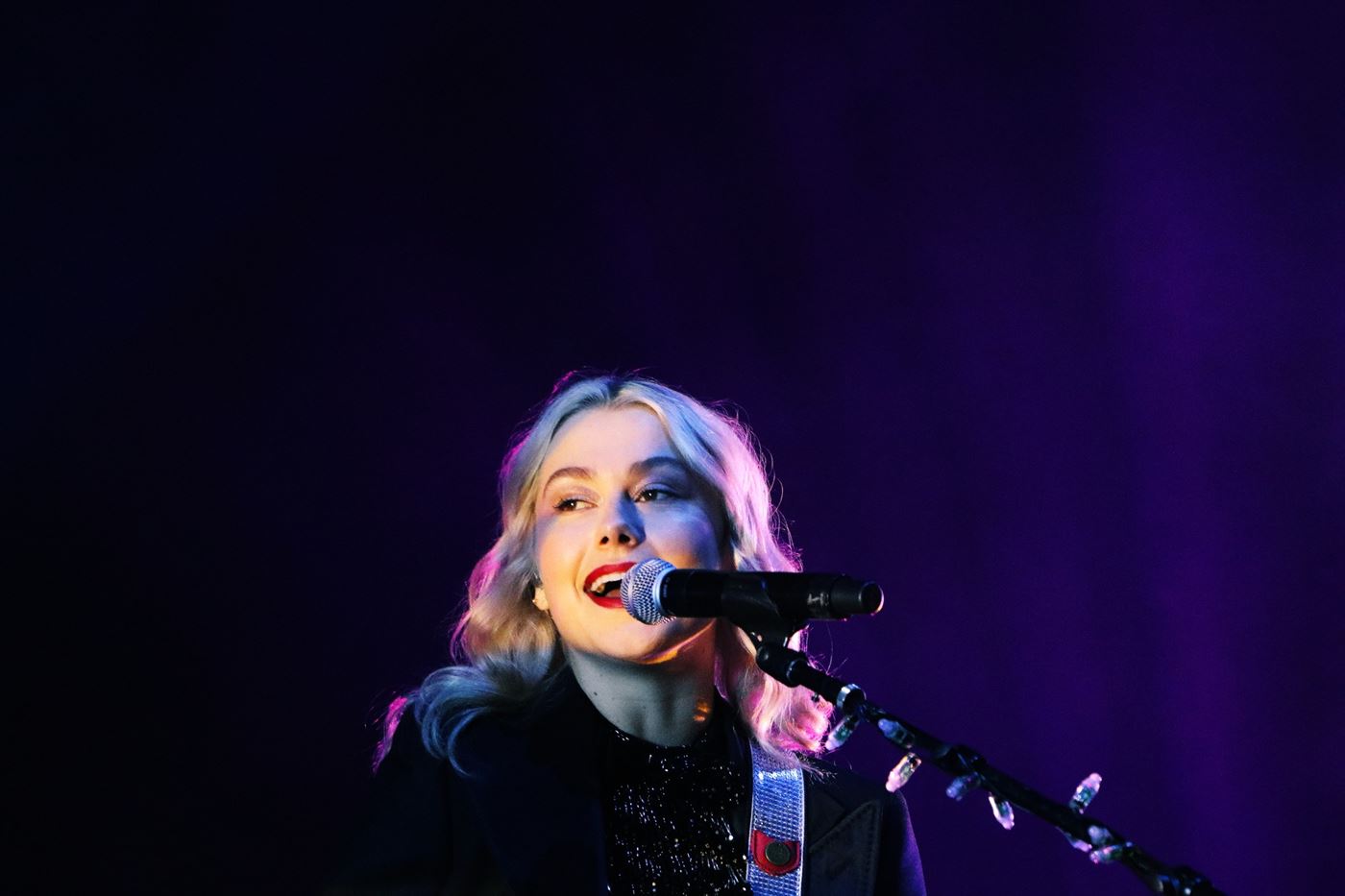
Phoebe Bridgers sobered audiences with her moody and melancholic ballads.
Photo courtesy of Julian Rigg
In a stark juxtaposition right next door on the Honda stage, Colombian rapper J Balvin performed an infectiously rhythmic and fiery performance of his catalog, seamlessly introducing reggaetón to a crowd largely unfamiliar with the work of himself and his Puerto Rican colleague Bad Bunny.
Shortly after on the main stage, A$AP Rocky gave his standard mosh-pit-inducing performance after being introduced by New York Gov. Kathy Hochul.
Sunday closed out with a beautifully crafted performance by Atlanta native Faye Webster, followed by Nigerian afrobeats rapper Burna Boy, showcasing a politically charged set with a live band. British DJ and producer Jamie xx closed out the Grubhub stage with his criminally catchy rhythms.
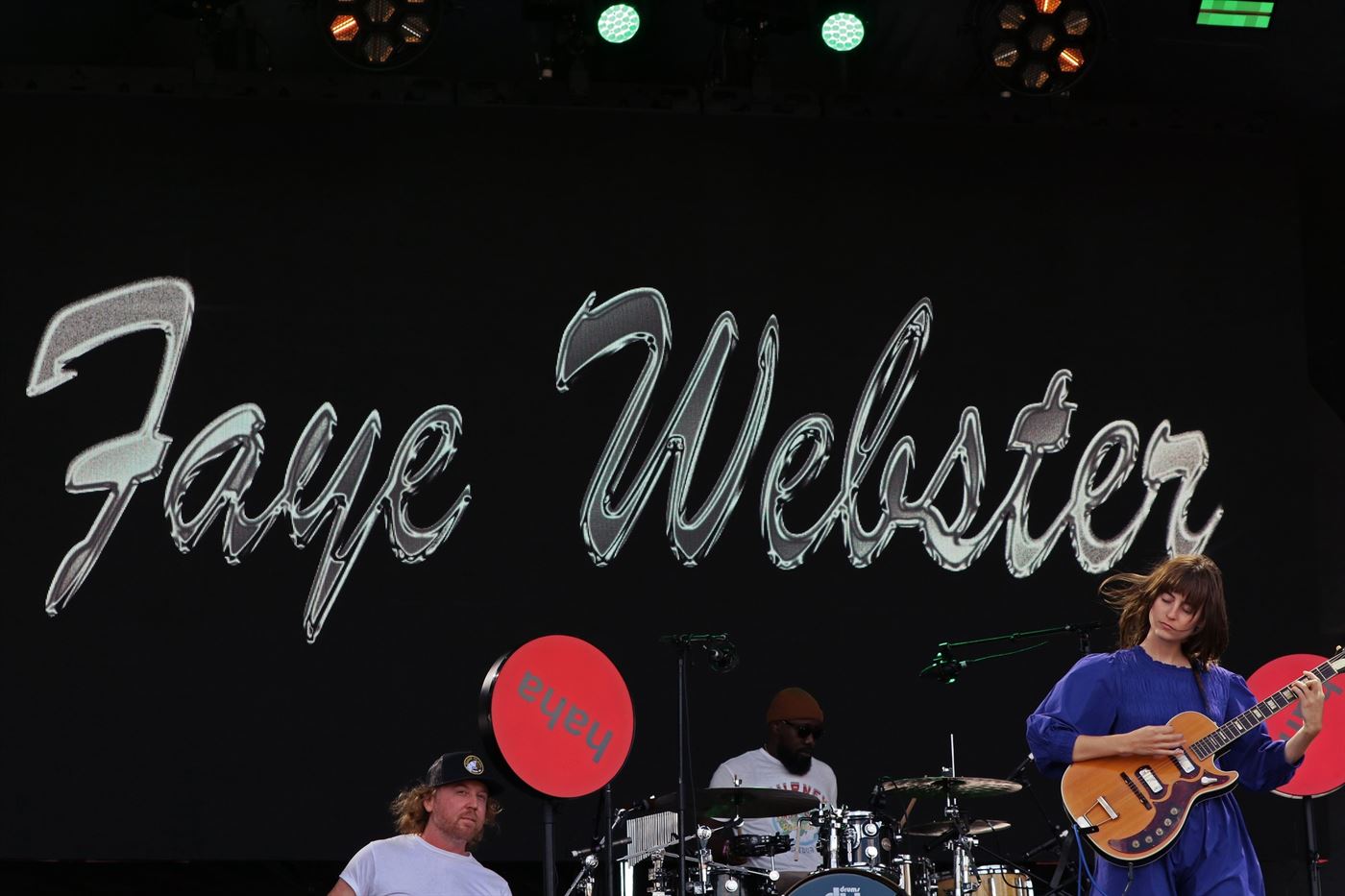
Faye Webster closed with a beautifully crafted performance on the Grubhub Stage.
Photo courtesy of Julian Rigg
To much hype, rapper Post Malone closed Gov Ball with a performance of his biggest hits. Malone opened his set leaning on a walkway suspended above the stage, chains hanging around him.
However, not every artist had the brilliant performance all musicians aspire to have. Bay Area rapper 24kGoldn gave a lackluster and rather mediocre performance of what seemed to be a playlist of TikTok sounds.
Seattle-born singer UMI attempted to turn the Bacardí Stage into a home of spiritual healing, a somewhat forceful choice. Although a welcomed concept in the time of a global pandemic, it fell short of delivering the powerful, life-changing experience the artist expected. This was especially the case when she attempted a solo cover of Frank Ocean’s “Self-Control,” a song that should only be attempted if one is Ocean or some other equivalent. Unfortunately, UMI was not that.
Where Gov Ball fell flat, however, was not in a small number of disappointing performances, but rather the lack of variety and in the culture of the festival itself. It took, for example, 10 years of Gov Ball for there to be a Latin American headliner — this being J Balvin.
This is just one example, as the lineup itself lacked in Asian artists, as well as Black female artists. Unfortunately, this is merely a reflection of Gov Ball’s audience, which consists primarily of white, wealthy high schoolers and college students who seem to be exclusively pop fans.
However, whether you are complaining about Gov Ball’s lack of variety and diversity, late set times, $14 Bud Lites or exasperating “stan” culture, one can agree that Gov Ball made up for where it fell short. With a combination of incredible performances and a crowd that was just happy to be there, one can look over the festival’s flaws. It was a much-needed breath of hope that where we’re heading is someplace good.

